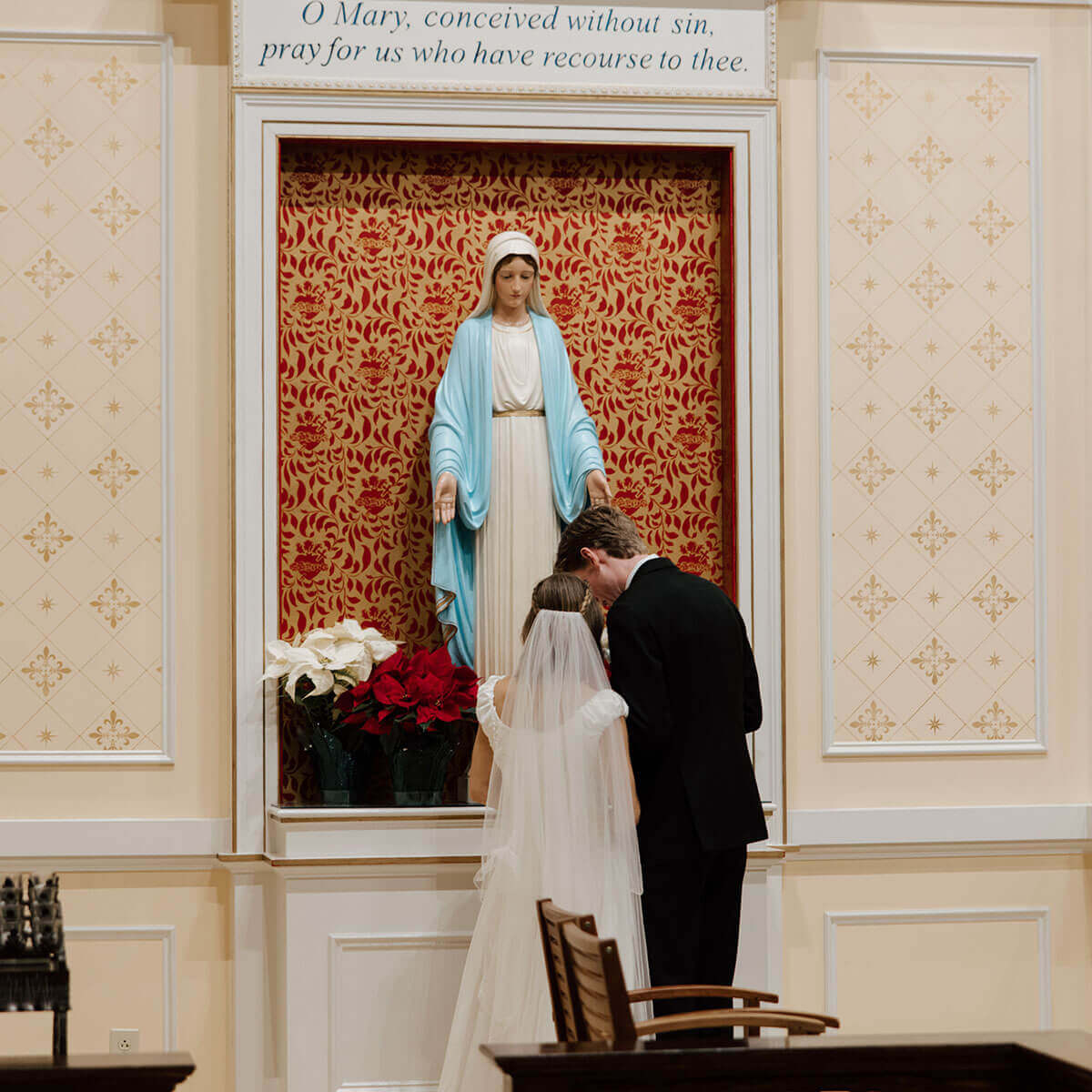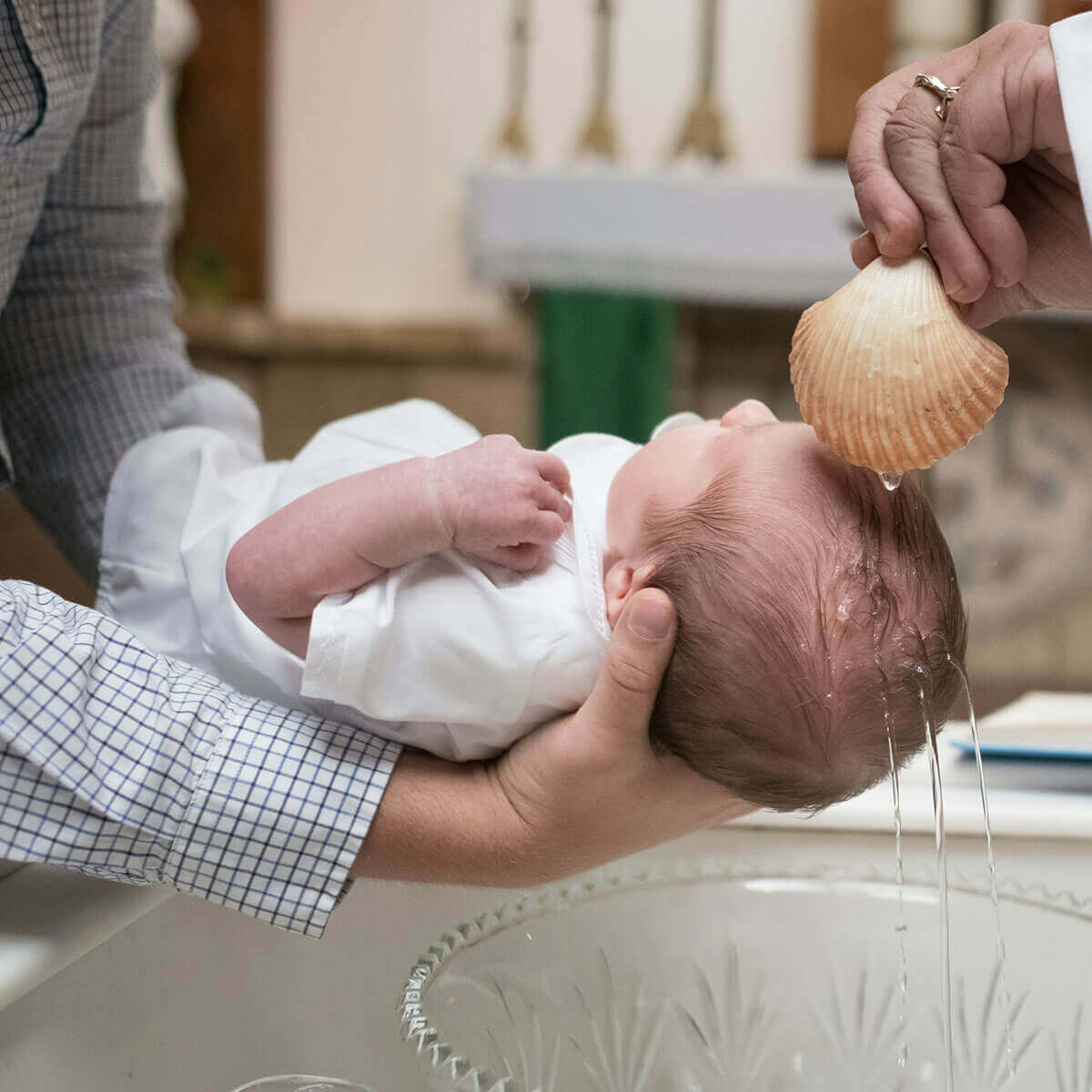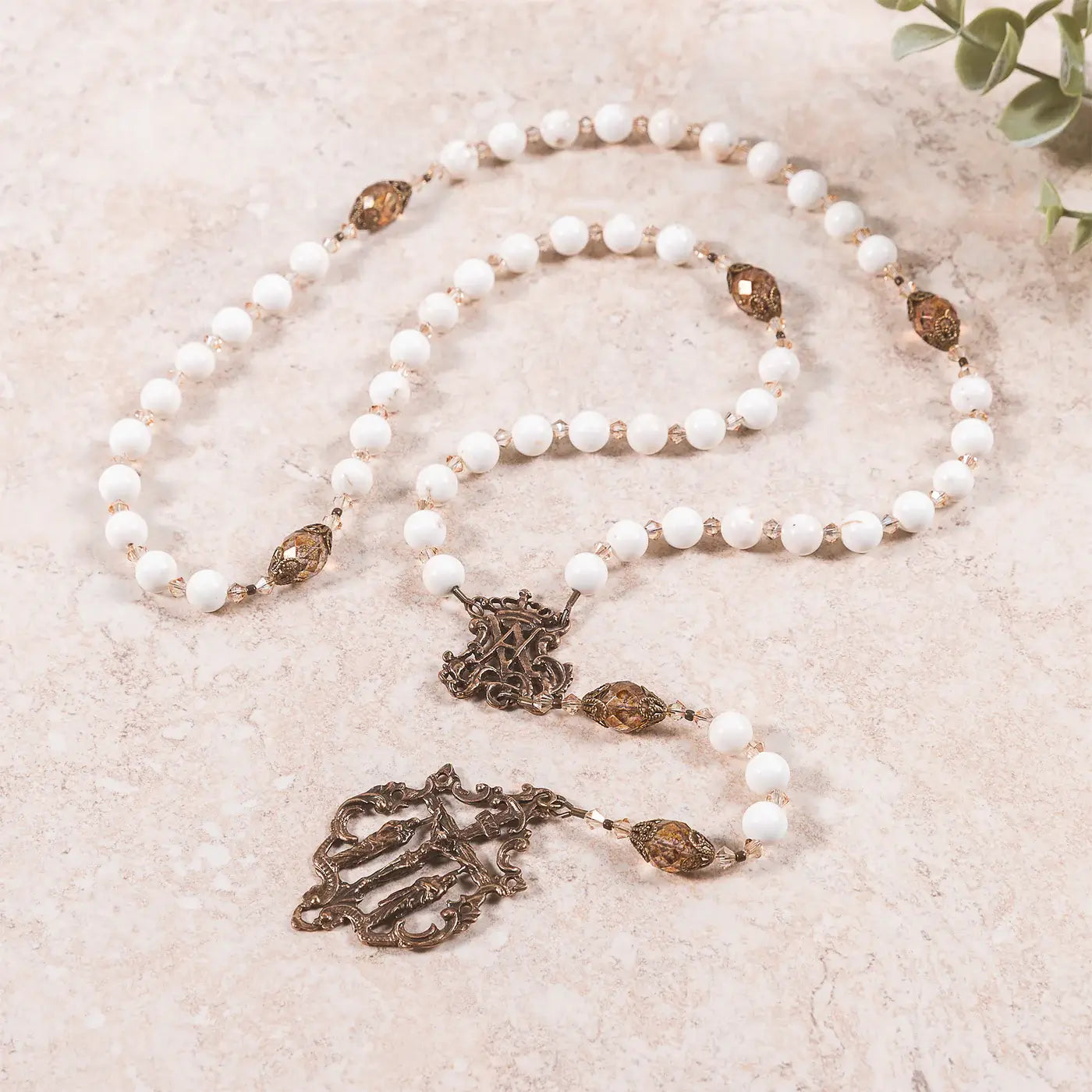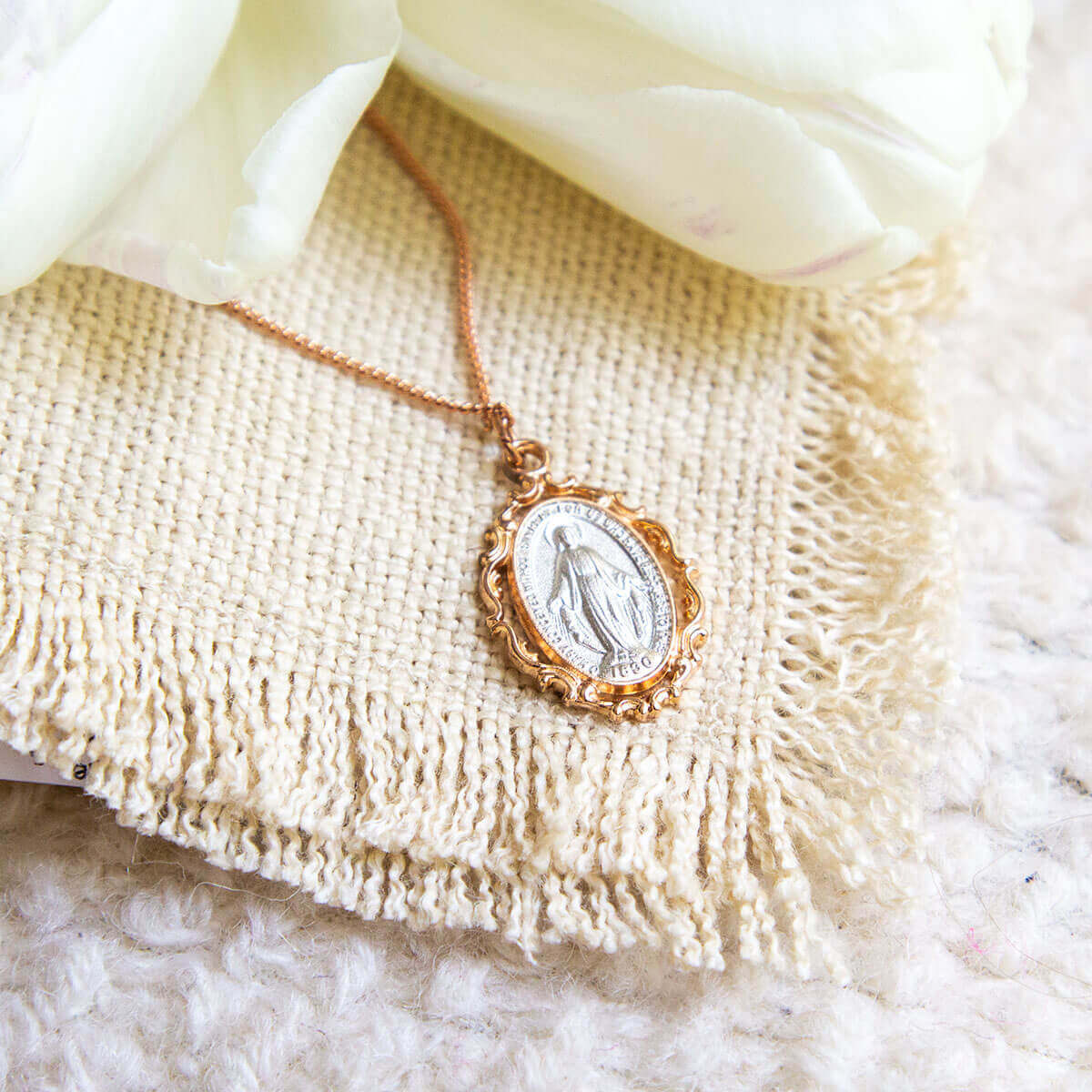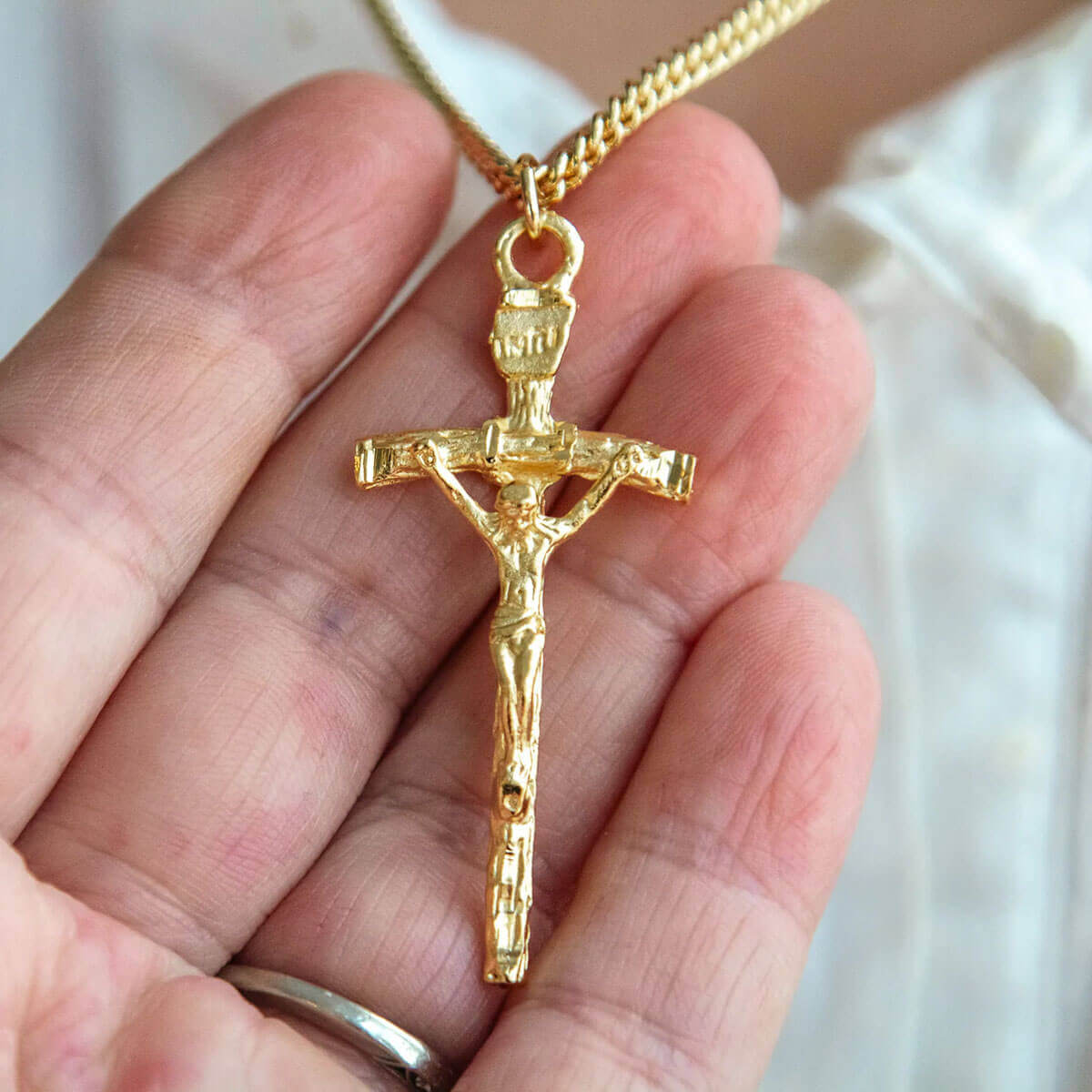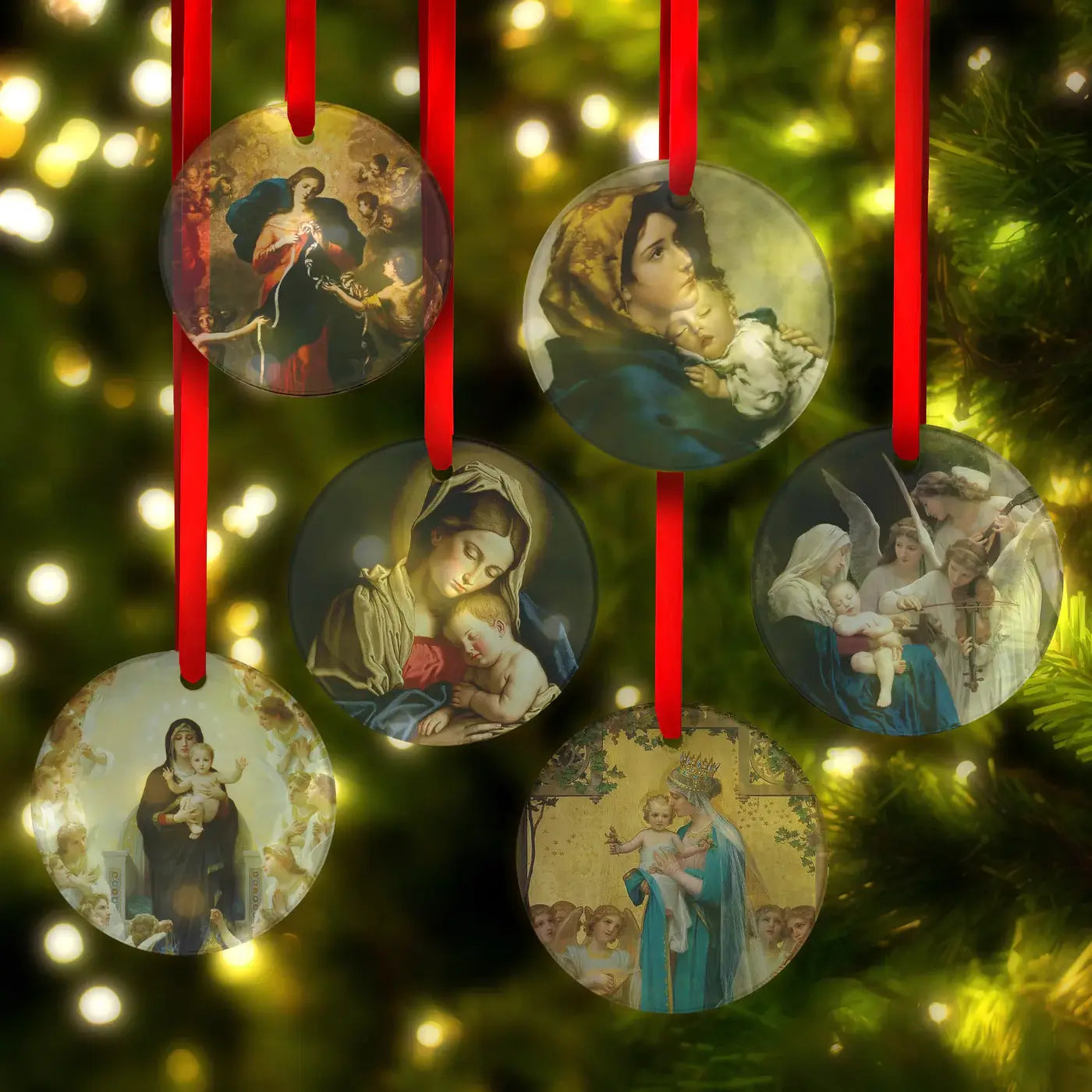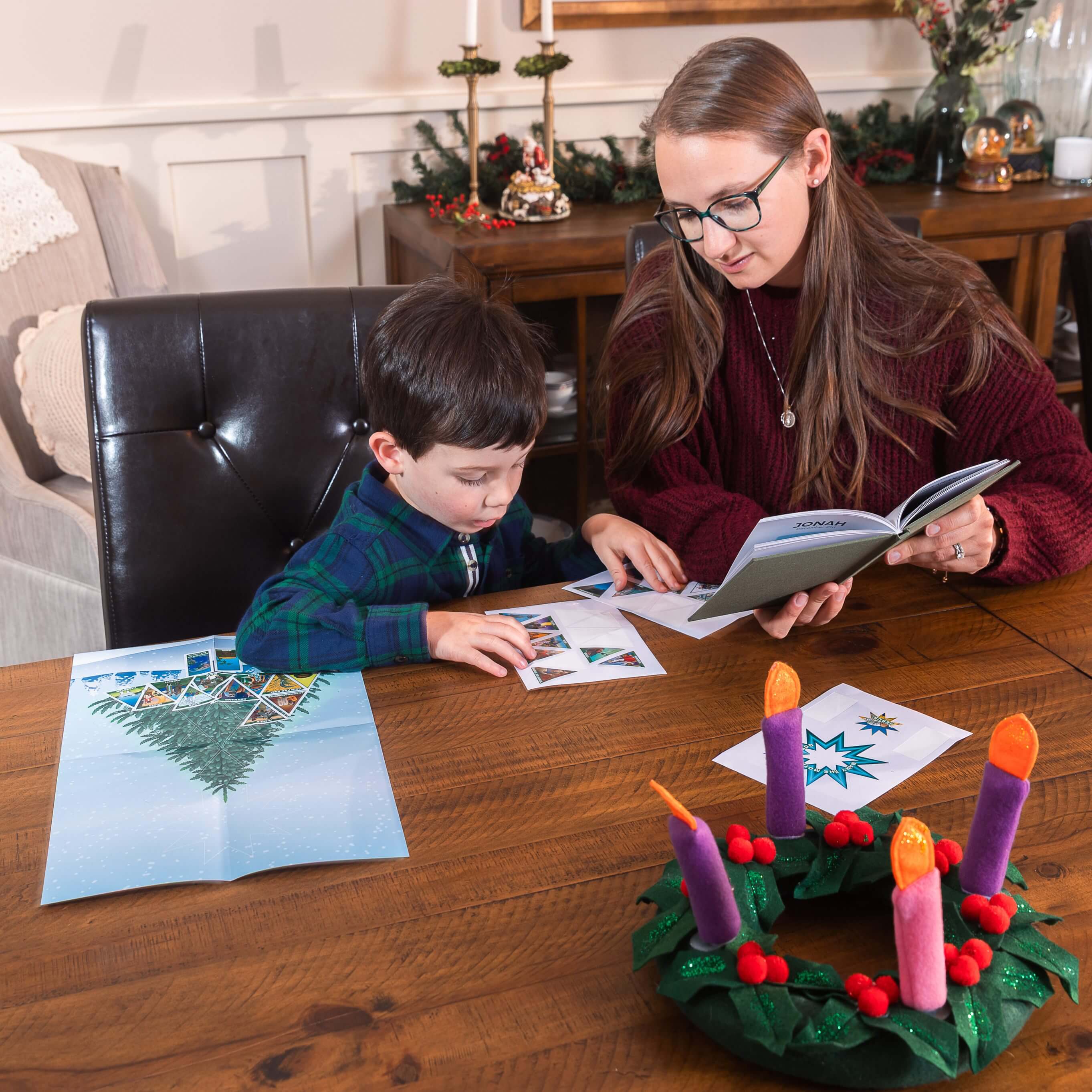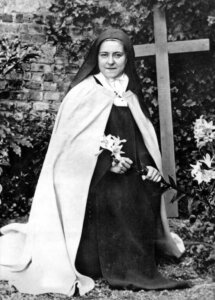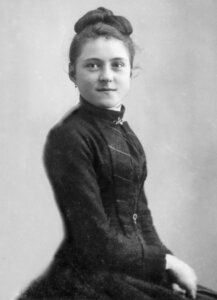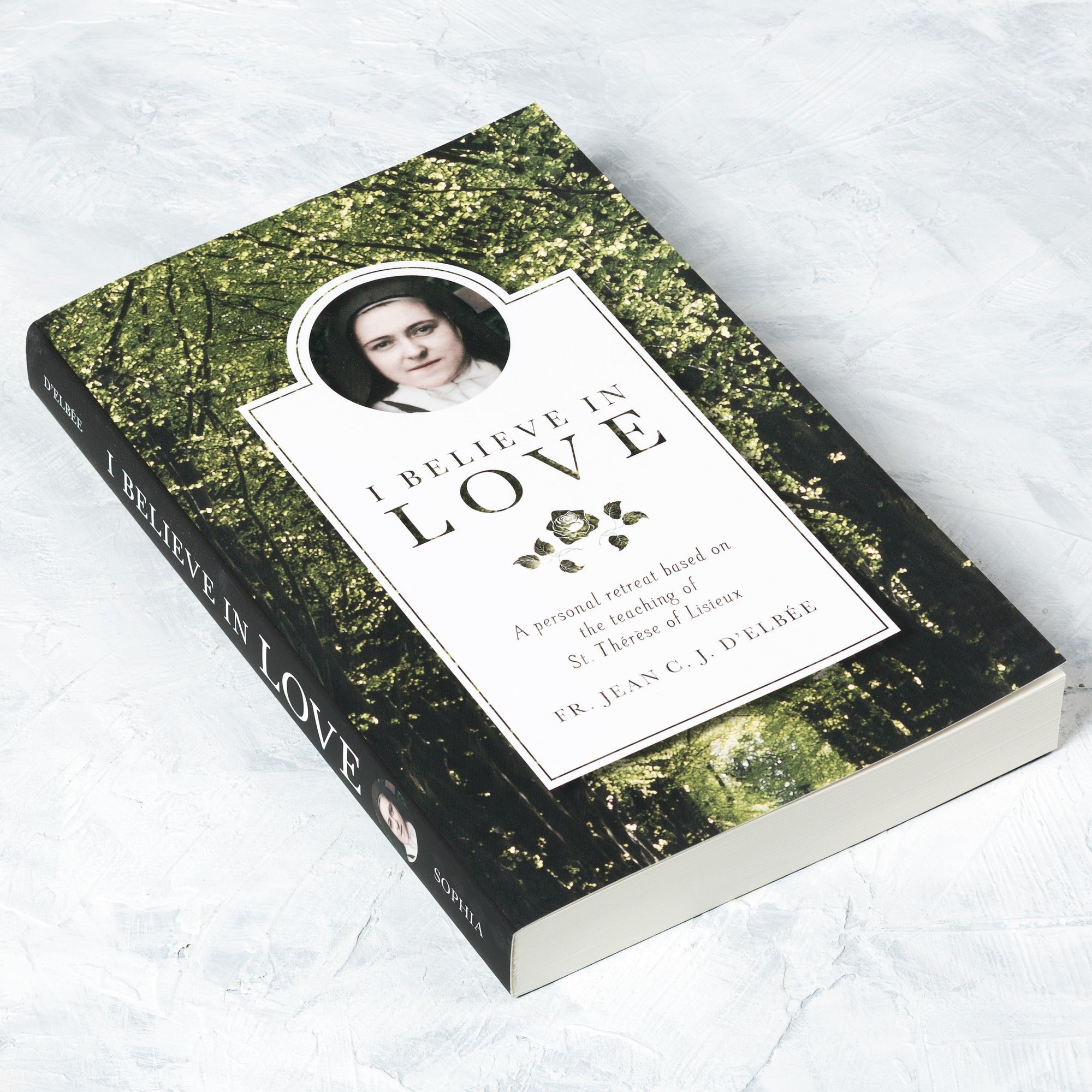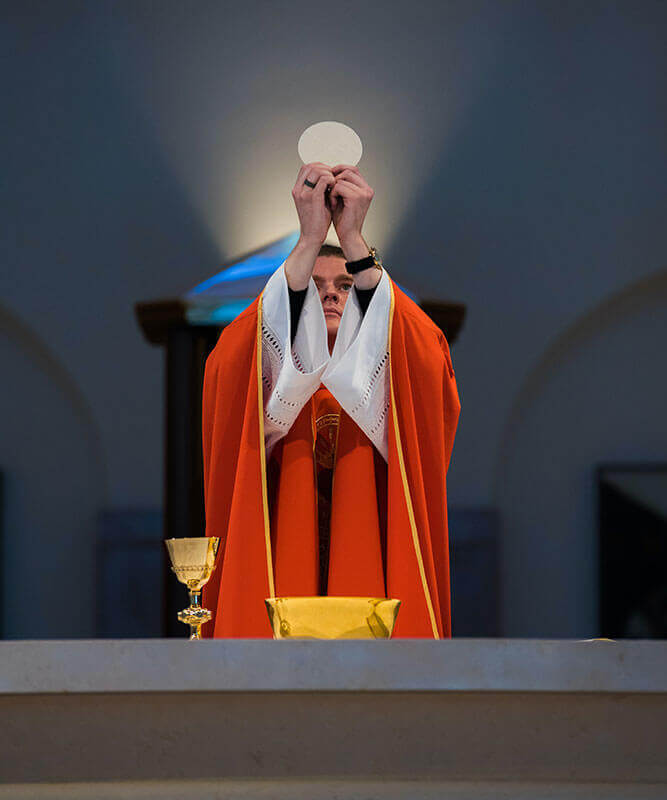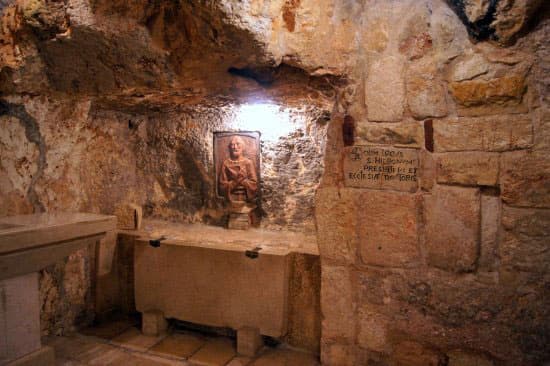If you’ve ever had the joyful privilege of observing a cloistered nun’s “investment ceremony,” you will have seen her hair cut short as she prepares to receive her long veil. This is a sign of humility and detachment from the world as the nun commits to a life of total consecration to Christ and the salvation of souls. It’s a ceremonial hair-cutting that symbolizes the total gift of self.
When she became a Carmelite nun, St. Thérèse’s beautiful golden curls were cut.
In A History of the Church in 100 Objects, Mike and Grace Aquilina add that, in their childhood, St. Thérèse’s sisters (many of whom are also saints and servants of God) would comb and dress her hair every single day. In fact, Thérèse was so accustomed to her older sisters doing her hair that she was almost a teenager before she knew how to use a comb!
Thérèse realized her call to join the Carmelites when she was only fourteen years old. She was too young to enter and needed to seek special permission to do so. When she met with her local bishop, she pinned her hair up into a bun in an attempt to look older. It took time, but she was eventually granted special permission to enter the Carmelite order.
Ordinarily, a woman’s hair would be cut when she entered the monastery. However, Thérèse’s superiors believed that—since she was so young—she might decide to leave and return home, so they didn’t cut her hair.
But Thérèse was convicted of her vocation and convinced her older sister (and fellow nun) Pauline to help her cut her hair as a sacrifice for Jesus.
Thérèse’s curls have been preserved to this day. They are now displayed in her childhood bedroom at Lisieux. The little French town is a popular pilgrimage site—every Catholic who loves St. Thérèse would enjoy visiting this village!
From iconic stained glass found at cathedrals around the world to the catacomb niches in Rome, Mike and Grace Aquilina’s A History of the Church in 100 Objects introduces you to a fascinating look at our story as Catholics through beloved Church treasures. Get your copy here




